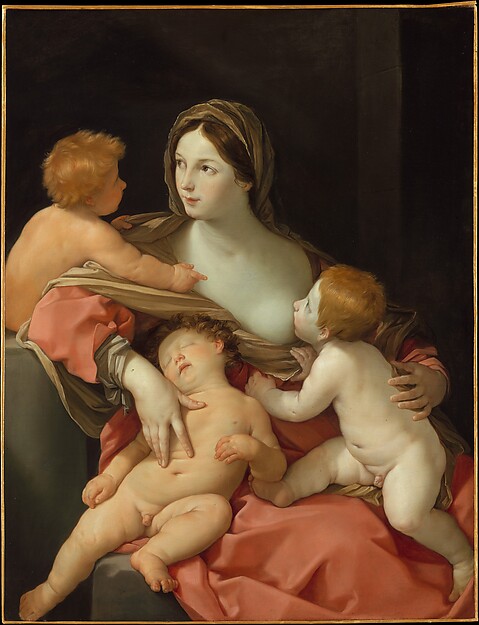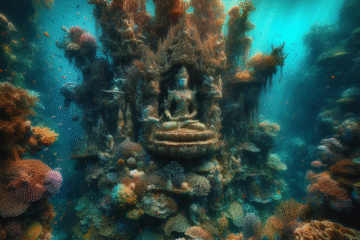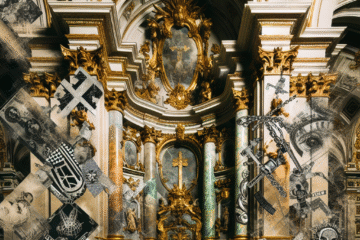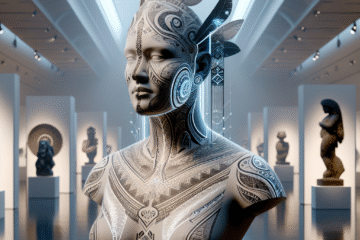
“
In seed time learn, in harvest teach, in winter enjoy.
”
— William Blake
Political Flesh: Sculpting Revolution in Postcolonial Africa
Introduction: The Chisel of Sovereignty
In the turbulent wake of Africa’s decolonization, the continent’s newly independent nations embarked on an urgent quest for self-definition. While constitutions were drafted and flags unfurled, another kind of language entered the public space — sculpture. In parks, public buildings, and cultural centers, monumental and intimate forms rose from stone, bronze, and wood, becoming silent emissaries of political ideology and social healing. Sculpture emerged as a vocabulary of liberation, encoding histories, aspirations, and identities in physical form. This blog explores five major transformations in African sculptural expression from the 1960s to the present, tracing a visual lineage of political emotion and cultural reimagination.
Chapter 1: Independence in Stone — 1960s-1970s
The first generation of post-independence leaders, such as Kwame Nkrumah of Ghana and Léopold Sédar Senghor of Senegal, understood the symbolic weight of art. In the 1960s and 70s, public sculpture became a key means to assert identity and reject colonial narratives. National museums, like the National Museum of Mali (founded 1953 but transformed after independence), funded commissions that celebrated local heroes and myths.
Sculptors like Lamine Sow in Senegal and Ben Enwonwu in Nigeria used classical and indigenous forms to represent the aspirations of their people. Enwonwu’s iconic bronze of Nkrumah fused Western sculptural techniques with Igbo aesthetics, visually fusing the ancestral with the modern. More than decoration, these sculptures cried freedom in bronze and granite, affirming new narratives in the face of colonial erasure.
Chapter 2: Négritude and Cultural Revival
In francophone Africa, the Négritude movement emphasized pride in African heritage alongside a rejection of Western norms. Senghor, a founder of the movement and Senegal’s first president, poured resources into cultural institutions like Dakar’s École des Beaux-Arts and the Festival Mondial des Arts Nègres (1966). Sculptors responded with an embrace of traditional forms, but often recontextualized them in modern political narratives.
Artists such as Ousmane Sow produced powerful figurative works that drew inspiration from both indigenous statuary and Rodin-like human expressiveness. Sow’s heroic scale and sensitive rendering of African bodies—at once mythic and immediate—embodied a new visual poetics of Black power.
Chapter 3: Cold War Sculpturescapes and the African Bloc
The global battle between capitalism and communism shaped African art policies in invisible but consequential ways. Many African nations aligned themselves with the Eastern Bloc, receiving Soviet funding for art and architecture. This brought with it a new sculptural aesthetic — monumental, propagandistic, and centrally planned.
The most iconic product of this era is the African Renaissance Monument (2010) in Dakar, built by a North Korean firm but envisioned in the ideological mold of pan-African unity and socialist optimism. Though controversial, its design echoes earlier Soviet-Afro hybrids, where political body language—strong stances, upward gazes, muscular anatomies—restrain and release nationalist fervor.
Chapter 4: Postmodernism, Memory, and Trauma — 1980s-1990s
By the 1980s and 90s, following a series of political and economic crises, a new generation of African sculptors began to question earlier idealisms. Rather than monumentalizing ideals, they restored subjectivity to the figure and memory to the material. El Anatsui, originally trained as a sculptor, began exploring discarded materials—wood, bottle caps, and metal—as metaphors of colonial leftovers and fragile sovereignties.
This period saw the integration of sculpture into conceptual art. Artists like Sokari Douglas Camp from Nigeria brought steel to life in works intersecting personal narratives and communal histories. Her works on the Ogoni struggle spoke not just of politics, but of environmental and spiritual desecrations, signaling sculpture’s migration from the heroic plaza to the nuanced gallery.
Chapter 5: Digital Flesh, Global Voices — 2000s to Present
In the 21st century, African sculptors have adapted to a global art world without abandoning their roots. Drawing upon digital technologies, virtual modeling, and global dialogues, artists like Nandipha Mntambo from South Africa push sculpture into the realm of performance and identity politics. Her use of cowhide to create forms that defy gender binaries transforms sculpture into a philosophical probe—a dance between the natural, the cultural, and the digital.
Meanwhile, institutions such as the Zeitz MOCAA in Cape Town have amplified the voices of sculptors across the continent, allowing for the negotiation of identity in a space that feels both local and transnational. Today’s African sculpture reflects not just nations, but networks—biographies of exile, return, resistance, and hybridization.
Conclusion: The Body Politic in Bronze and Beyond
From independence rallies to biennials in global capitals, sculpture in Africa has evolved from a tool of national myth-making to a medium of sophisticated discourse. It has carved space for the political, the personal, and the painful. As Africa continues to redefine itself on the world stage, its sculptors keep chiseling away—at stone and at silence. In the flesh of their creations, revolution becomes enduring form.

Image description:
Worm’s-eye view of the Buddha of Ibiraçu, Espírito Santo, Brazil.
License:
CC0
Source:
Wikimedia Commons


